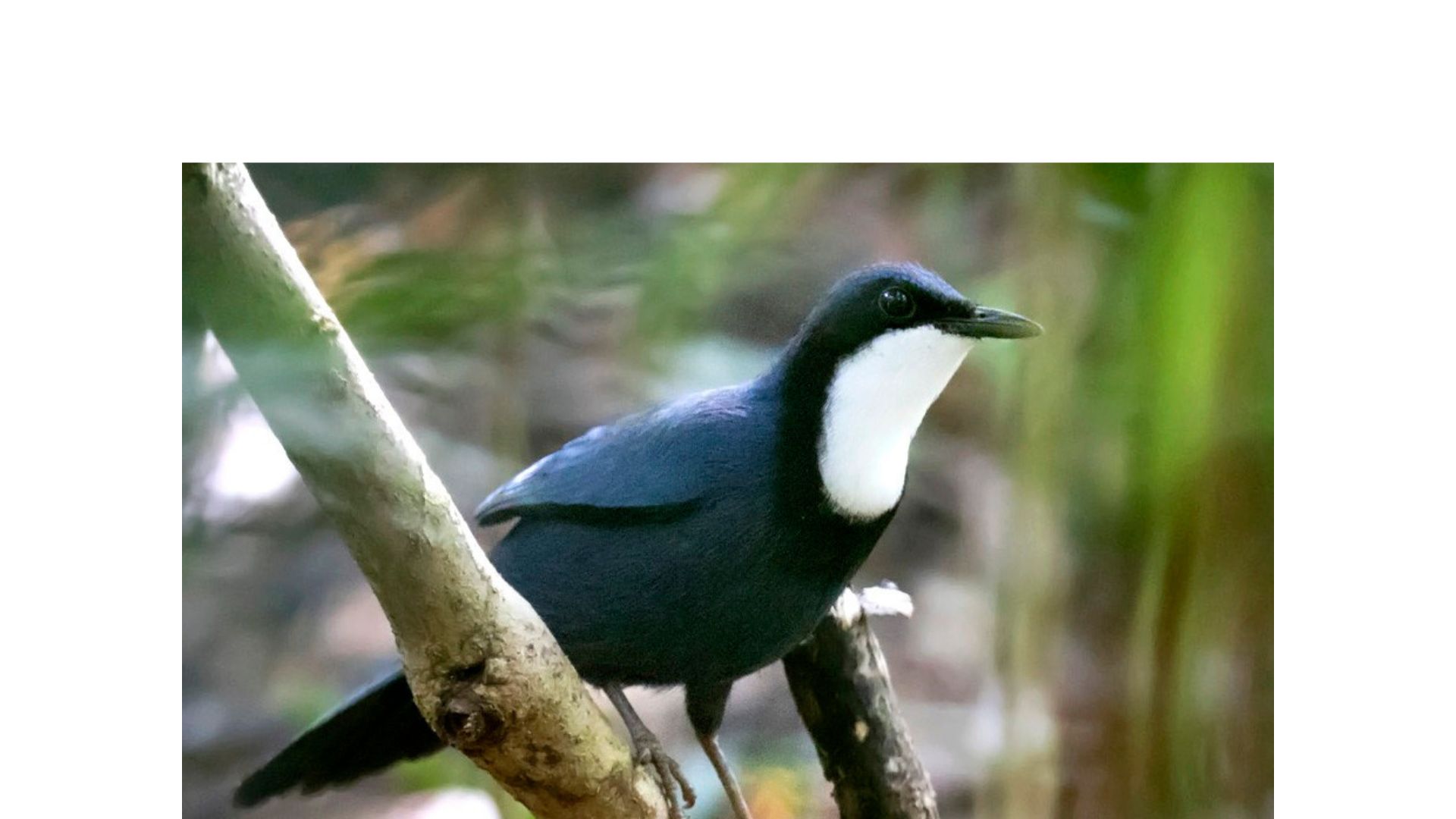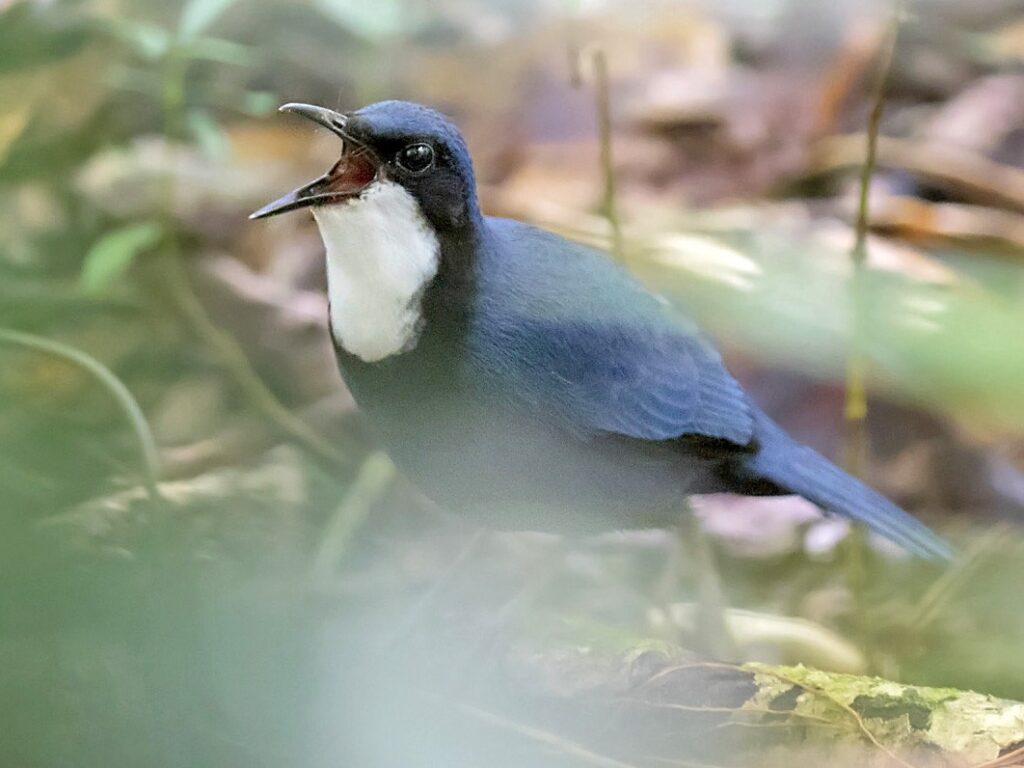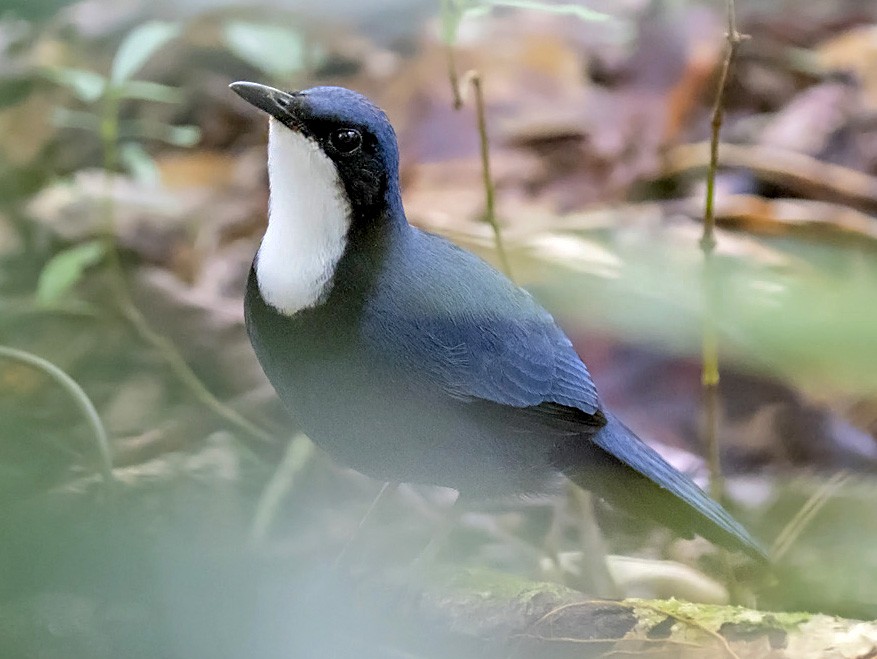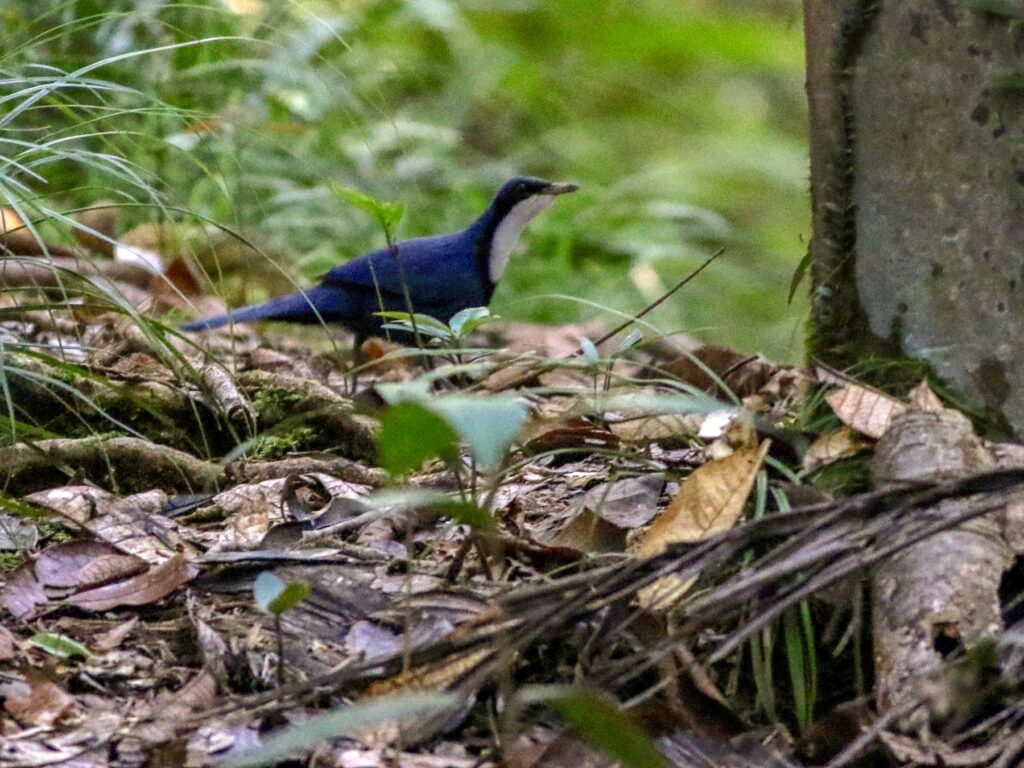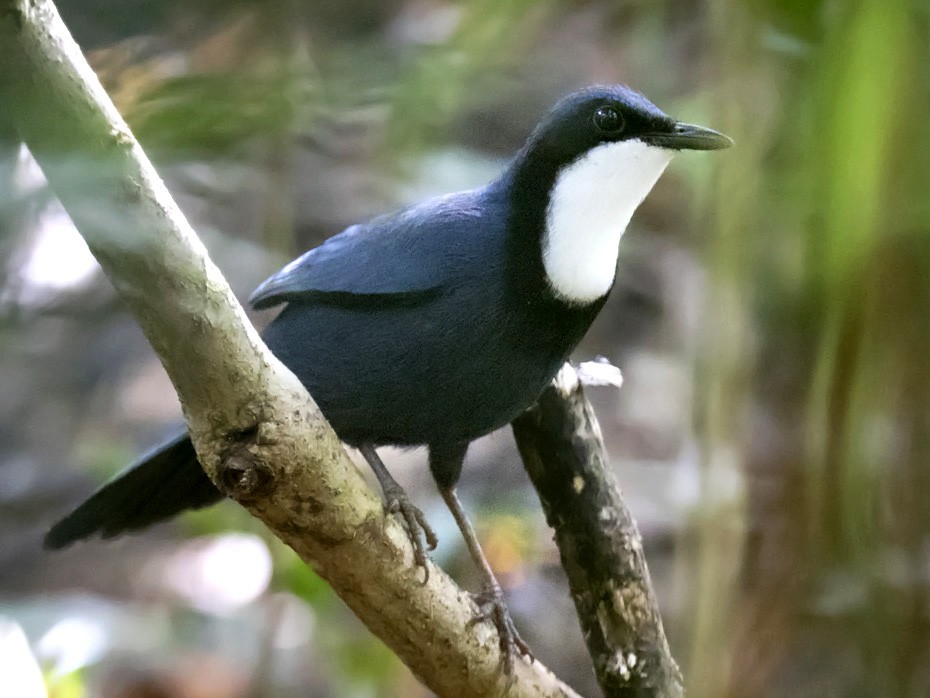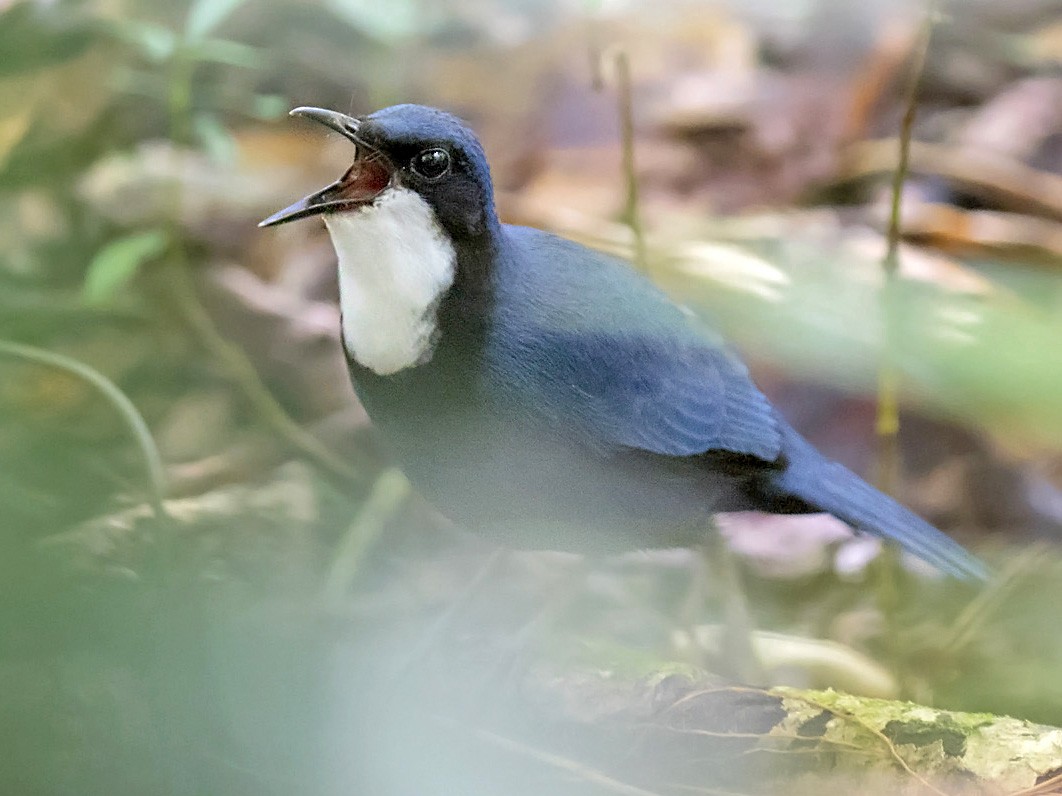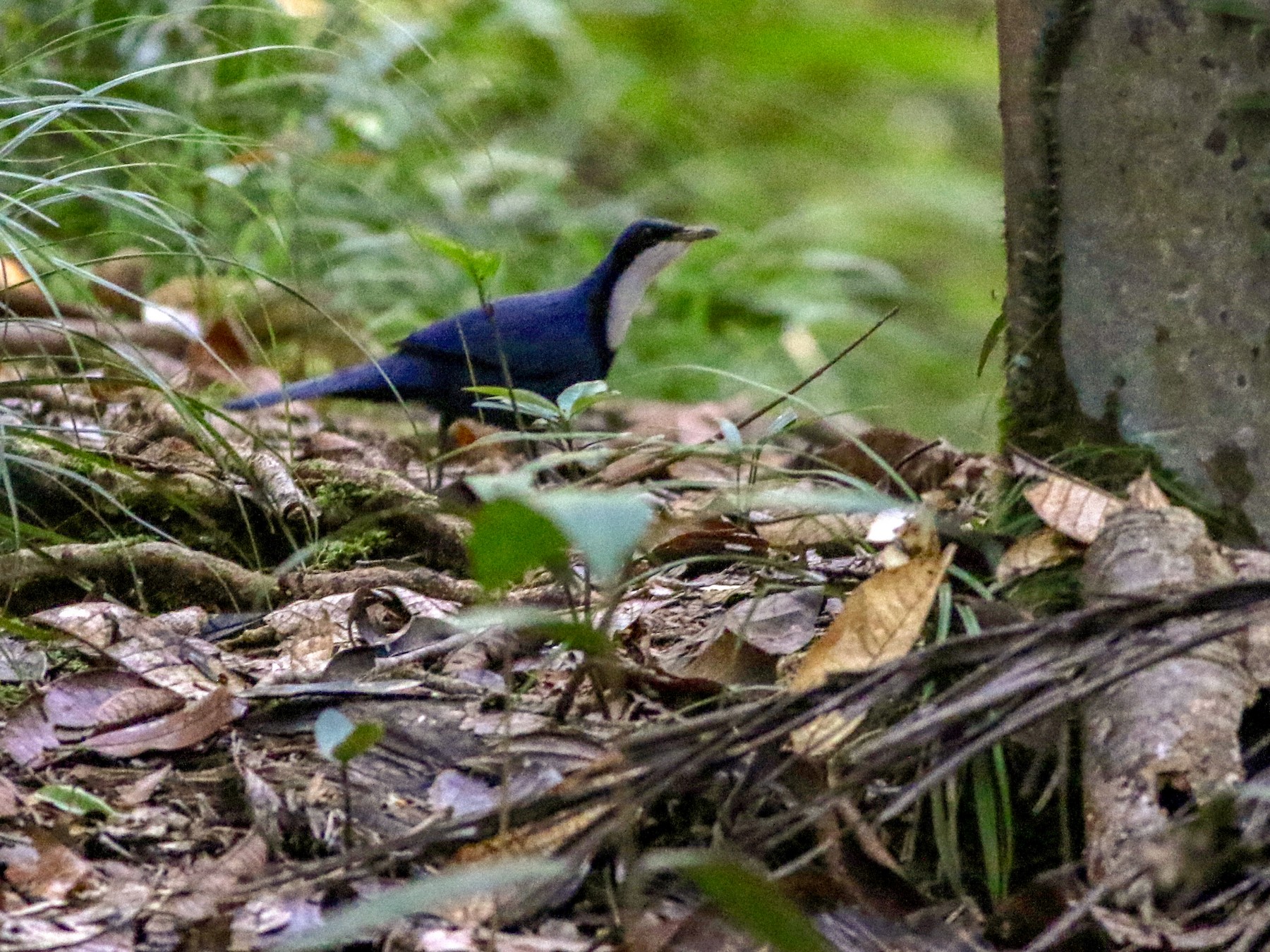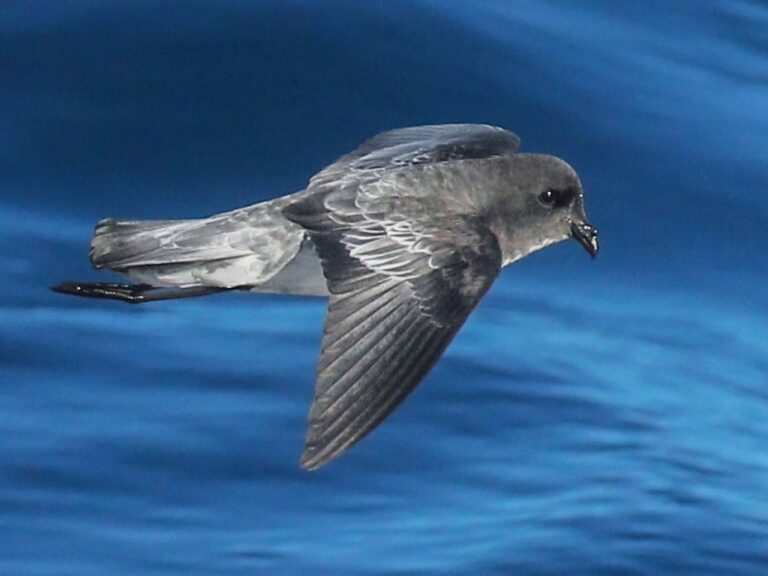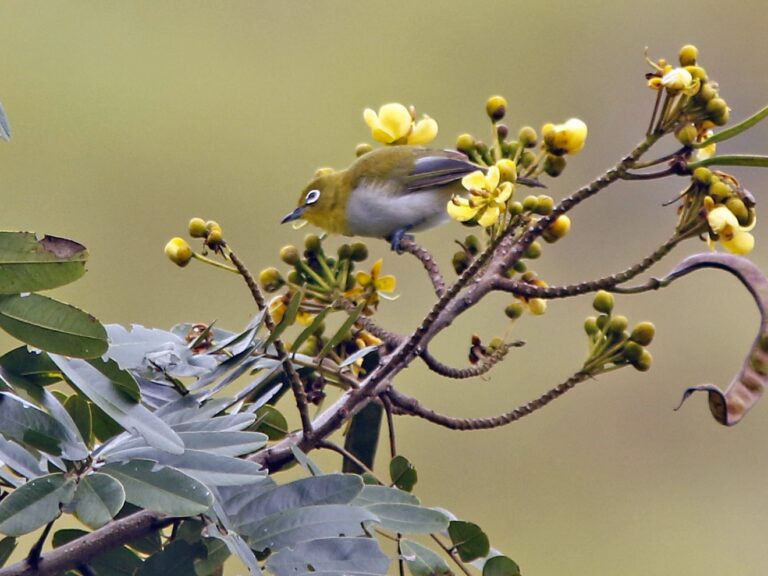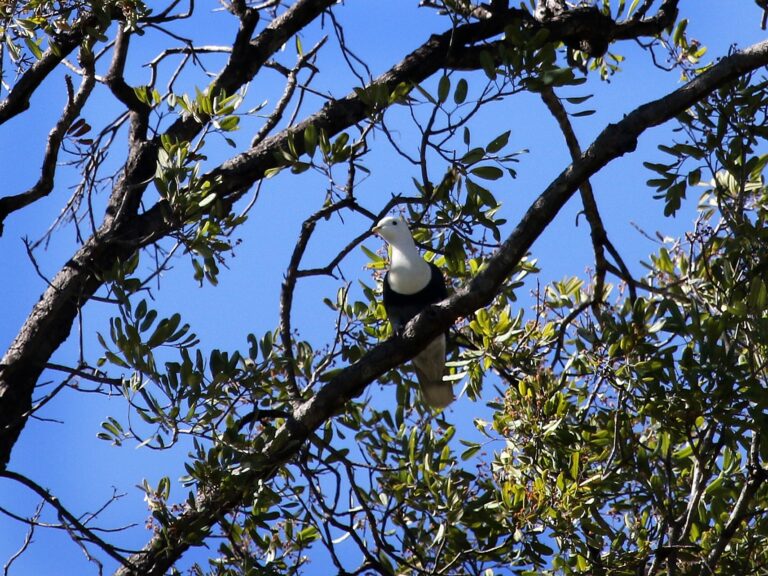Blue Dimorphic Jewel-Babbler: Discovering the Enigmatic Beauty of New Guinea’s Forests
The Blue Dimorphic Jewel-Babbler is a striking forest bird from New Guinea’s uplands.
Its scientific relationships, unique features, and how it stands out among jewel-babblers make it especially interesting for birdwatchers and scientists.
Species Identification
This bird belongs to the genus Ptilorrhoa. People often mix it up with the Blue Jewel-Babbler because they look so similar. What really makes it different is the blend of blue shades along its back and wings, with paler underparts. The name “dimorphic” comes from the visible differences between males and females.
Males usually wear a more vivid blue, while females look a bit duller. These birds stick close to the dense forest floor, rarely venturing into open spaces. Spotting one is tough, but their rich, whistled song gives them away. You’ll find them in New Guinea’s uplands, like the Muller and Foja mountain ranges, where field studies have confirmed their presence (bird survey in Yapen Island).
Taxonomy and Classification
The Blue Dimorphic Jewel-Babbler sits in the family Cinclosomatidae, under the order Passeriformes. Its scientific name is Ptilorrhoa geislerorum—don’t mix it up with Ptilorrhoa caerulescens.
Here’s a quick look at its classification:
| Rank | Name |
|---|---|
| Kingdom | Animalia |
| Class | Aves |
| Order | Passeriformes |
| Family | Cinclosomatidae |
| Genus | Ptilorrhoa |
| Species | Ptilorrhoa geislerorum |
Fresh research and field surveys keep shaping our understanding of how this bird relates to others in the region. Some mountain populations show little differences, which keeps scientists debating their classification (Foja Mountains avifauna).
Notable Physical Characteristics
This bird flashes bright blue upperparts, a white throat, and a mix of paler or blue-gray underparts. The glossy wings and tail really pop in the dappled forest light. Its body is compact, with strong legs made for hopping on the ground while searching for insects. The short, sturdy bill is perfect for digging through leaves and soft soil.
Males tend to look more vibrant, while females and juveniles come off a bit muted. The bird’s stocky build and strong claws make it a tough forager in rugged terrain. Camouflage comes from both its plumage and body shape, letting it blend right in with moss and fallen leaves. Staying hidden is key, both from predators and curious humans.
Distribution and Habitat
The Blue Dimorphic Jewel-Babbler is a songbird with a distinctive look and a pretty limited distribution. You’ll only find it in certain mountainous regions, which makes its population vulnerable when habitats change.
Geographic Range in New Guinea
The Blue Dimorphic Jewel-Babbler is native to New Guinea. Its range covers parts of both Papua New Guinea and Papua (the Indonesian half). It mostly sticks to upland regions, almost never turning up in lowlands. In Papua New Guinea, it’s pretty much tied to certain mountain ranges, especially the Adelbert Mountains.
These areas are isolated, and the bird doesn’t show up elsewhere in Australasia. Studies confirm its range is narrow, with few sightings outside these mountains.You can read more about its limited distribution in this report on upland bird species in the Adelbert Mountains.
Preferred Environments
Blue Dimorphic Jewel-Babblers call upland forests home. These forests are cool and dense, usually above 1000 meters. The bird counts on thick undergrowth for cover and foraging. It prefers montane rainforests, often on slopes with rich leaf litter.
You won’t catch it in secondary or disturbed forests. It’s picky about its home. This bird is sensitive to environmental changes. Deforestation and habitat fragmentation are big threats, since it doesn’t adapt well to new landscapes.
Forest edges and clearings? Not its thing. Keeping upland forests intact is crucial for its survival. For more on how upland birds respond to habitat changes, check out this study on forest types and elevation effects on bird communities.
Behavior and Ecology
The Blue Dimorphic Jewel-Babbler has some pretty unique behaviors in its forest home. It shows off interesting vocal patterns, foraging styles, and social quirks, with a few differences between males and females.
Vocalizations and Calls
You’re more likely to hear this bird than see it. Its main call is a series of clear, whistled notes, usually repeated in short bursts. Males and females can change the pitch and speed, helping them tell each other apart in thick forest. They use these calls to mark territory and talk to mates.
Calls get louder and more frequent during the breeding season. Scientists rely on these sounds to track the birds, especially since the dense understory hides them so well. Birders often use these distinctive calls—especially at dawn and dusk—to find the species. If you’re curious about bird calls in the region, the Foja Mountains avifauna report is a solid place to start.
Feeding Habits
These birds mostly forage on the ground, rooting through leaf litter for insects, spiders, and other tiny critters. They move in quick hops or short runs, pausing often to scan for prey. Their strong bills help them flip leaves and break apart rotten wood. Sometimes, they even follow ant columns or disturbed soil to catch hidden bugs.
Fruit isn’t really on their menu—they stick to protein-rich prey. Feeding behavior looks pretty similar between males and females, though there might be small differences in where they search. Observations from point counts and bird community inventories, like those in the forests of northeastern New Guinea, back up their role as ground-dwelling insect hunters.
Breeding and Reproduction
When breeding season hits, vocal activity and courtship displays ramp up. Pairs build cup-shaped nests close to or right on the ground, tucked under roots or thick foliage.
Females usually look a bit duller, possibly to help them blend in while incubating eggs. Clutch sizes are small—just two or three eggs.
The female mostly handles incubation, while the male chips in by bringing food or chasing off other birds. Young birds fledge in about two weeks but stay hidden in the leaf litter until they’re strong enough to follow the adults. Nesting and clutch size info from other passerines in the area, like New Guinean fantails, offers a useful comparison (nesting and clutch-size variation).
Distinctive Social Behaviors
You’ll usually see Blue Dimorphic Jewel-Babblers alone or in pairs. They don’t join mixed-species flocks often. Territorial behavior ramps up during breeding, and they can get aggressive with intruders. Courtship involves ground chases and soft, close-range calls.
They use subtle moves—tail wagging, fluffing feathers—to send signals to mates or rivals. Unlike some relatives, they don’t form big groups or show much flocking.
Social life centers on mate bonds and territory defense. Cooperative breeding or group nesting? Not really their style. Ethno-biological fieldwork with local peoples, like the Ketengban people’s ornithology study, has picked up on these behavioral differences too.
Conservation Status and Research
The Blue Dimorphic Jewel-Babbler faces some real conservation challenges because of its specific habitat needs and narrow range. Recent research is starting to shed light on its population, threats, and what can be done.
IUCN Assessment
The International Union for Conservation of Nature (IUCN) currently assesses the Blue Dimorphic Jewel-Babbler and keeps an updated Red List on its status. Recent checklists and scientific surveys say it’s not among the most critically endangered birds, but habitat loss is still a concern.
Populations seem stable in untouched highland forests, especially on mountains like Mt. Karimui in Papua New Guinea. Scientists rely on field research and monitoring, as described in reports like this one, to track changes in numbers or distribution. There’s no sign of immediate extinction, but we can’t get complacent—some regions just don’t have enough recent data. The IUCN’s evaluation depends on input from researchers, field experts, and local observers.
Current Threats
Habitat destruction stands out as the biggest threat. Logging and land conversion shrink the available forest, which is already limited. These activities are extra worrying in montane forests, where the bird’s range is so tight. Climate change could also push the bird’s habitat higher up the mountains, changing vegetation and temperature.
Human disturbance is still low in remote areas, but development could bring new problems. So far, diseases or invasive species haven’t caused major issues, but that could always change. Studies using camera traps and monitoring, like in this biodiversity report, help scientists keep an eye out for new risks.
Conservation Initiatives
Conservation work for the Blue Dimorphic Jewel-Babbler mostly focuses on protecting its habitat. Protected areas in Papua New Guinea help keep forests undisturbed, giving these birds a place to thrive. Nonprofits and outreach projects encourage local communities to value and look after biodiversity. International groups join forces with researchers and locals to track the birds and support fieldwork.
If you want to help, you can join bird conservation groups as a member or supporter. Tools like bird checklists and research networks have made it easier to gather and share data about this species. These partnerships have grown stronger since the early 2000s, when a wave of new biodiversity initiatives started showing up.
Related Species and Notable Associations
The Blue Dimorphic Jewel-Babbler shares its home with other jewel-babblers and a surprising variety of birds in New Guinea’s forests. Its relationships with close relatives and other bird groups shape its role in the ecosystem.
Close Relatives Within Jewel-Babblers
The Blue Dimorphic Jewel-Babbler belongs to the genus Ptilorrhoa, within the jewel-babbler group. Its closest relatives are the Chestnut-backed Jewel-Babbler and the Blue Jewel-Babbler. These birds have similar habits, like foraging on the ground in thick forest and using distinctive calls.
Within their family, Psophodidae, jewel-babblers tend to be secretive and often show dimorphic plumage. The Lesser Melampitta sometimes overlaps with them in the same regions. The genus Eupetes, especially Eupetes caerulescens, was once thought to be related, but now scientists place it elsewhere. The Dimorphic Jewel-babbler is another close form, with some variation depending on the part of New Guinea.
Here’s a quick table of close relatives:
| Common Name | Scientific Name |
|---|---|
| Chestnut-backed Jewel-Babbler | Ptilorrhoa castanonota |
| Blue Jewel-Babbler | Ptilorrhoa caerulescens |
| Dimorphic Jewel-Babbler | Ptilorrhoa geislerorum |
| Lesser Melampitta | Melampitta lugubris |
Sympatric and Co-Occurring Birds
The Blue Dimorphic Jewel-Babbler lives in forests with a huge range of other birds, including some New Guinea specialties. Notable neighbors include the Blue Bird-of-Paradise, Brown Sicklebill, Lawes’s Parotia, and Mountain Firetail.
Fruit-eaters like the Beautiful Fruit-Dove, Carola’s Parotia, and Obscure Berrypecker are pretty common in these forests. Birds such as the White-bellied Whistler, Regent Whistler, and Wattled Ploughbill also turn up in the same patches. The area supports forest pigeons like the Imperial-Pigeon, as well as doves and unique parrots, including Pesquet’s Parrot and Yellow-capped Pygmy-Parrot.
Other birds sharing the understory or canopy include Archbold’s Bowerbird, Fawn-breasted Bowerbird, White-faced Robin, Silver-eared Honeyeater, and Black Sicklebill. Waterbirds and ground birds, like Salvadori’s Teal, Little Ringed Plover, and even megapodes, can be found nearby. The sheer variety is honestly a bit overwhelming.
For more on the birdlife in the region, check out these studies on New Guinea’s bird diversity.
Frequently Asked Questions
The Blue Dimorphic Jewel-Babbler stands out for its looks and its particular habitat needs. Experts have spent years documenting its behaviors, differences between the sexes, and its role in the forest.
What distinguishes the call of the Blue Dimorphic Jewel-Babbler from other jewel-babblers?
Its call is sharp and clear, and you’ll often hear it marking territory or trying to attract a mate. Compared to other jewel-babblers, it sounds higher and faster.
How can one differentiate between the male and female Blue Dimorphic Jewel-Babbler?
This species shows sexual dimorphism, so males and females look noticeably different. Males sport brighter blue feathers, while females tend to be duller, with more brownish shades.
What is the typical habitat of the Blue Dimorphic Jewel-Babbler?
You’ll most often find them in dense forests, especially in upland and montane areas of New Guinea. They stick to undergrowth and shaded spots, where they forage on the ground. For more details about where they live, see this bird checklist for New Guinea.
What are the primary differences between the Blue and Chestnut-backed Jewel-Babblers?
The main difference is their color. The Blue Dimorphic Jewel-Babbler has blue upperparts, while the Chestnut-backed Jewel-Babbler shows a brownish chestnut back.
These species may also have slightly different ranges.
How does the Blue Dimorphic Jewel-Babbler fit into the ecosystem it inhabits?
It acts as an insect eater, foraging among leaves and forest debris. By eating insects, it helps keep their numbers in check and supports the health of the forest. Their presence often hints at a healthy, thriving habitat.
What are the conservation statuses of the Blue Dimorphic Jewel-Babbler?
The Blue Dimorphic Jewel-Babbler isn’t currently considered endangered. It’s still pretty widespread in places where it feels at home.
That said, habitat loss could pose a problem down the line. If you’re curious, you can check out more details in the Birds of the Muller Range.
